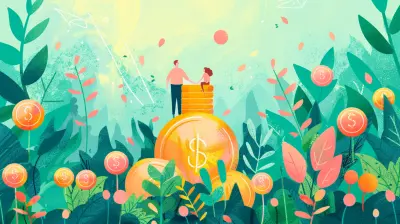The Connection Between Government Debt and Interest Rates
5 October 2025
We hear it all the time on the news: “The national debt is rising,” or, “Interest rates are going up.” But how many of us really understand how these two massive forces—government debt and interest rates—are tied together? If you've ever scratched your head watching a financial news segment or felt a little lost in discussions around economic policy, don't worry. You're not alone.
Let’s break it down and walk through it together. By the end of this article, you’ll know exactly how government borrowing affects the interest rates that impact your mortgage, car loan, credit card, and even your job market prospects.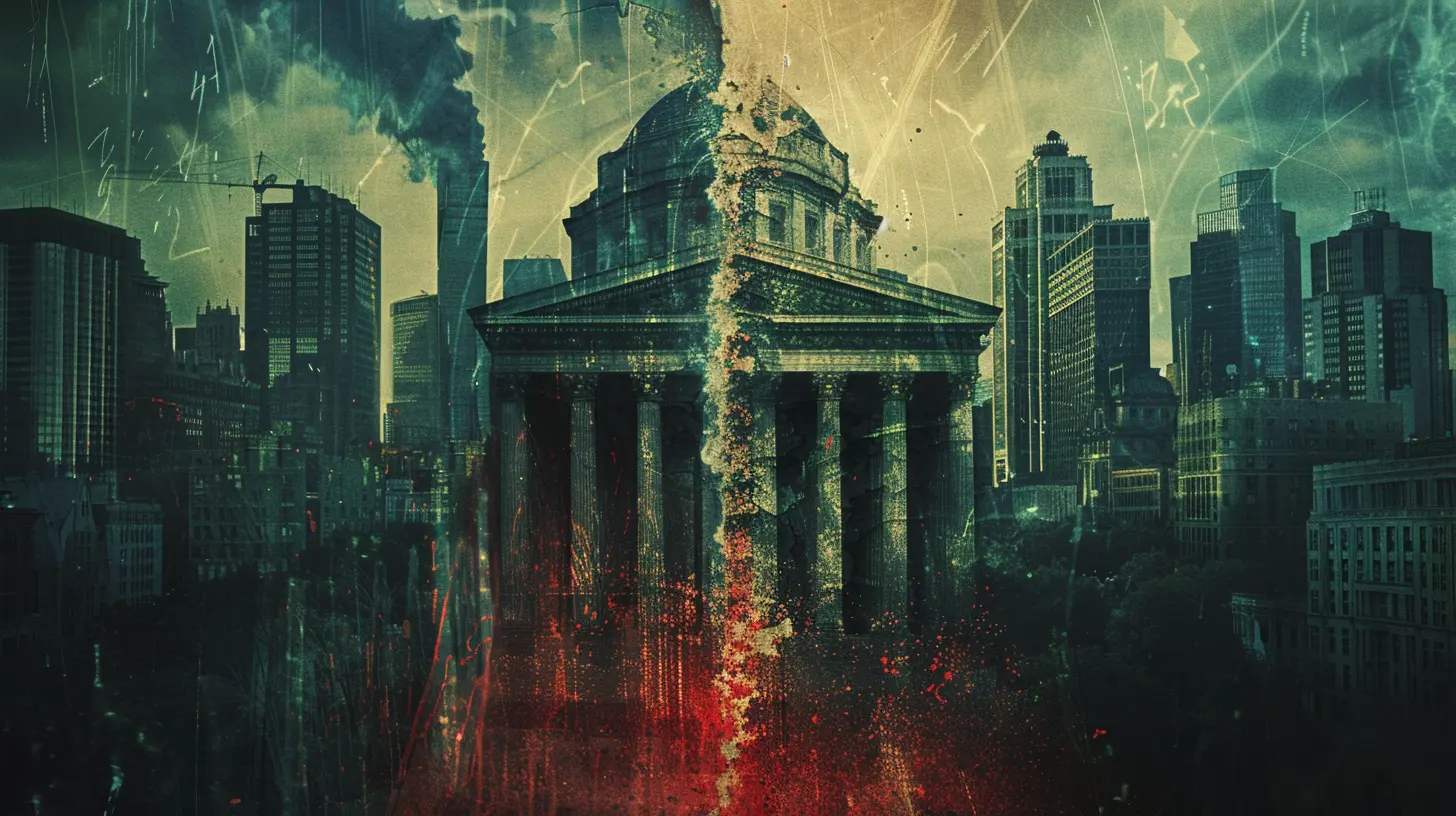
What Is Government Debt, Really?
First things first—what do we mean when we say "government debt"? Think of it like this: when the government spends more money than it earns through taxes, it has to borrow the difference. Kind of like when you want to buy a new iPhone but don’t have enough cash—so, you swipe the credit card. That borrowed money is the debt.Countries borrow by selling government securities, like Treasury bonds in the U.S. Investors—banks, companies, even foreign governments—buy these bonds because they’re considered safe. In return, the government promises to pay back the money with interest.
Simple, right?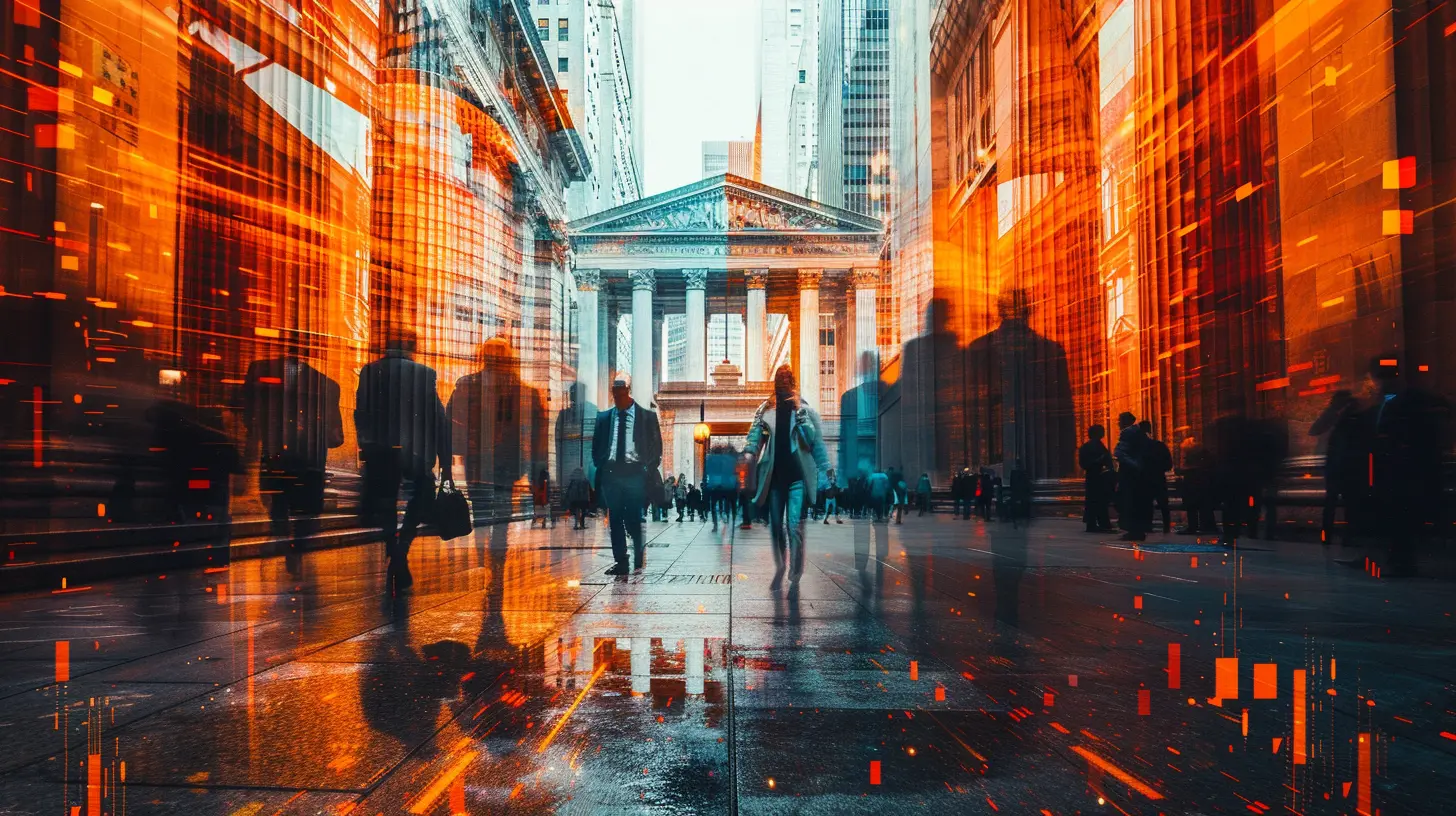
Why Do Governments Borrow So Much?
Sometimes they borrow in hard times—like a recession or a crisis (hello, 2008 financial crash or the COVID-19 pandemic). They need to stimulate the economy and help citizens, and that takes cash.Other times, governments may borrow just to fund routine things like infrastructure, military, healthcare, or education when spending outpaces tax revenue.
So borrowing isn't always bad—but too much of it? That's where things get tricky.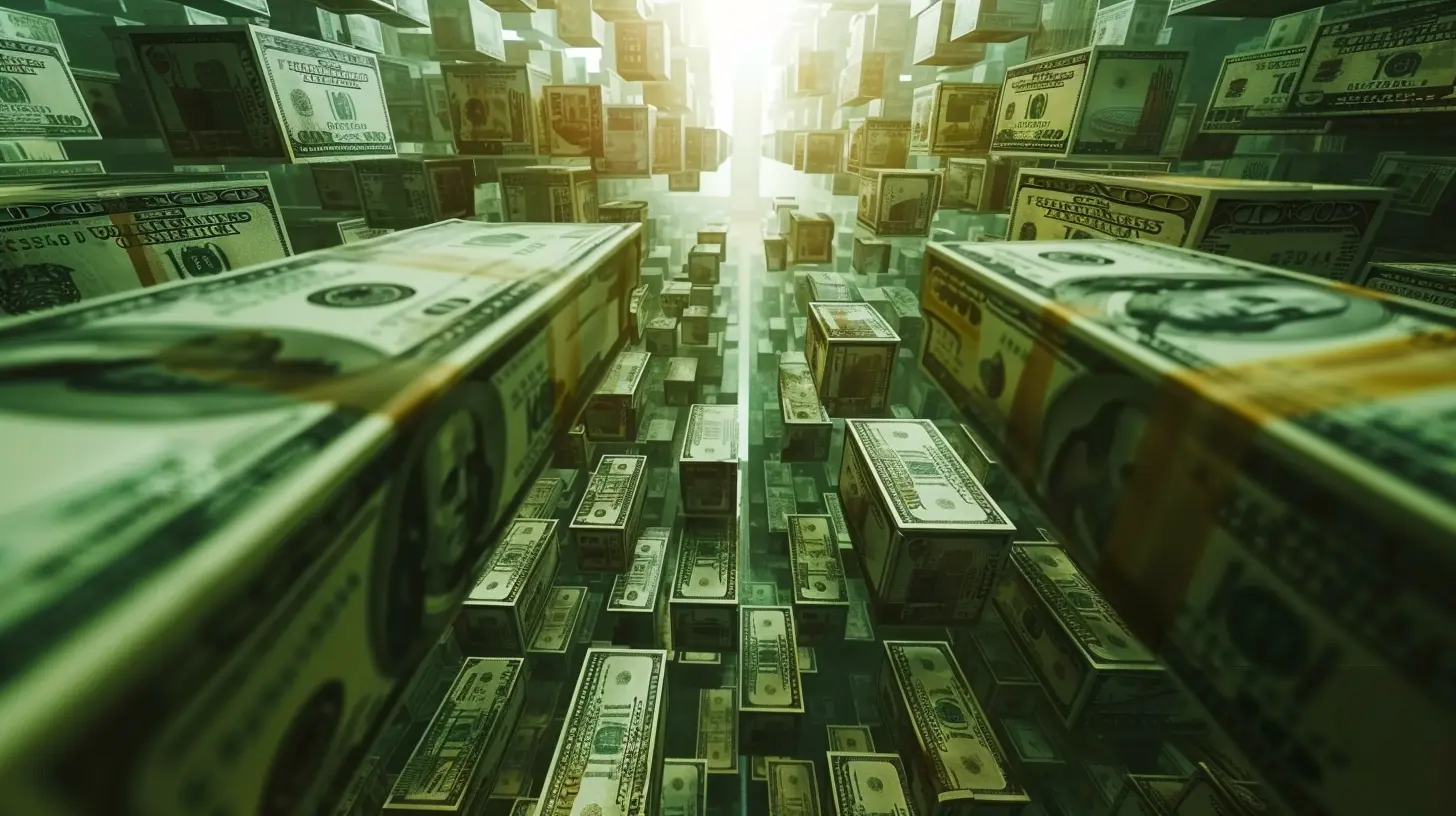
And Interest Rates—What Are Those Again?
Alright, picture interest rates like the "price of money." When you borrow money from a bank, the interest rate is the cost you pay to use that money.Now zoom out. Central banks (like the Federal Reserve in the U.S.) set a benchmark interest rate that influences lenders across the economy. When this rate goes up, it becomes more expensive to borrow money. When it goes down, borrowing gets cheaper and spending often increases.
Interest rates affect just about all of us—whether we’re buying a house, financing a car, or just swiping the credit card.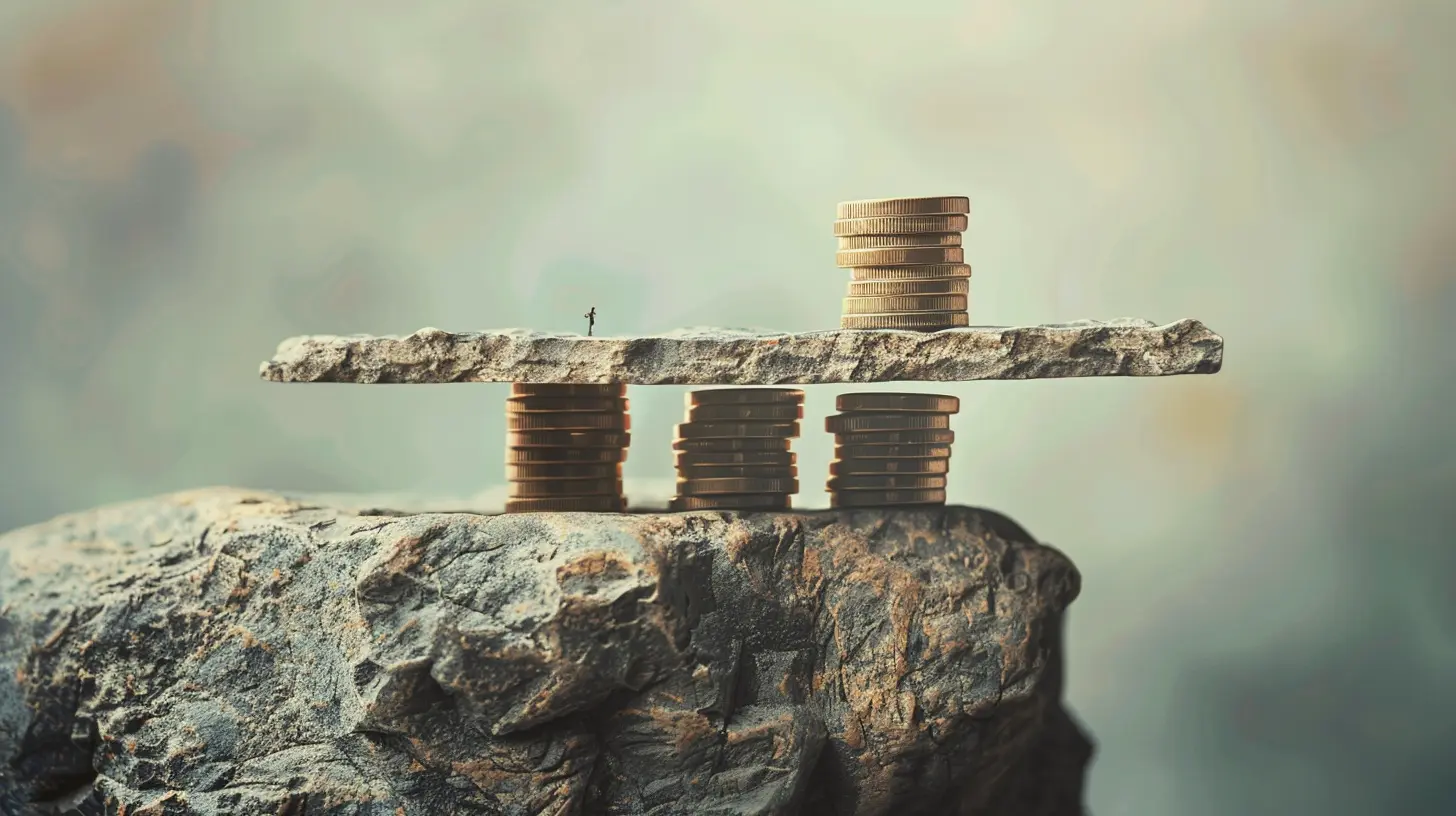
The Link: How Does Government Debt Influence Interest Rates?
Alright, this is the million-dollar question—and it’s a bit like trying to untangle your headphones after they’ve been in your pocket all day. Let’s unravel it.1. More Debt = More Borrowing = Competing for Money
When the government issues a lot of debt, it’s essentially borrowing huge sums from investors. But here’s the catch: there’s only so much capital out there.Imagine a bake sale with 10 cookies and 20 hungry buyers. What happens? The price shoots up because there's more competition. The same thing happens in money markets. When the government enters the borrowing pool, it might crowd out other borrowers, like businesses and individuals. To attract lenders, rates might need to rise.
This concept is called the “crowding-out effect”.
2. Higher Debt Can Lead to Higher Risk
If investors start getting nervous that a government is borrowing too much, they might demand higher interest rates as compensation for risk. Think of it like this—would you lend $100 to a friend who’s always broke? Probably, but only if they promised to pay you back $120, right?Similarly, as government debt grows, lenders may get jittery. They want higher interest to outweigh the risk of late or missed payments (even if that risk is low for developed countries).
3. Inflation Fears Come Into Play
Sometimes, governments borrow more and the central bank prints more money to help them. The more money floating around, the higher the risk of inflation.And inflation? It eats away at the value of your money, like rust on a shiny new bike. So, to compensate for that erosion, lenders ask for higher interest rates.
But Wait, It’s Not Always That Simple…
Now, here’s where it gets juicy. Despite all this talk, in recent years, we’ve seen huge government debt levels AND super low interest rates—especially post-2008 and during COVID-19. How’s that possible?Well, central banks like the Fed have tools to manage interest rates directly, regardless of debt levels. They can step in, buy up government bonds (increasing demand), and keep interest rates low.
Also, some argue that in times of low economic growth, borrowing more actually helps the economy without driving up rates. So, the relationship isn’t always linear. Sometimes it’s more like a rollercoaster—full of twists and surprises.
Real-Life Examples That Connect the Dots
🤔 The U.S. Example
After the Great Recession and COVID-19, U.S. debt skyrocketed. Yet, interest rates hovered around historic lows. Why? The Fed aggressively bought government bonds and kept rates down to support economic recovery.But fast forward to 2022-2023, inflation started spiking, and the Fed had to raise interest rates quickly to rein it in. Now, higher rates mean the government has to pay more interest on its debt—a nasty cycle.
🌍 Other Countries Too
Japan has one of the highest debt-to-GDP ratios in the world, yet it has ultra-low interest rates. That’s mainly because their central bank has kept tight control and inflation has been low for decades.On the flip side, countries like Argentina or Turkey—where inflation is out of control and faith in government borrowing is weak—have insanely high interest rates.
The Ripple Effect on You and Me
Alright, so we’ve got government debt and interest rates locked down. But what does it mean for us regular folks?🏡 Mortgages and Loans
Higher interest rates make home loans more expensive. That dream house? Yeah, your monthly payment just got bigger. Same goes for car loans and credit cards.👨💼 Jobs and Business Growth
If borrowing gets pricier, businesses might pause expansion, which can mean slower job growth. So yeah, that debt-interest whisper can echo through the job market too.💰 Investing and Saving
Higher rates can be a saver's dream—better returns on savings accounts and CDs. But for stocks? Not so great. Investors might shift from riskier assets (like stocks) to safer ones with consistent returns. That can cool down the markets.Can Governments Handle the Burden?
It really boils down to debt sustainability. Can the government manage its debt without constantly rolling over expensive loans or printing money like there’s no tomorrow?If a country’s economy grows faster than its debt, it's in good shape. It’s like earning a big salary raise while slowly paying off student loans. You’re golden.
But if debt grows faster than the economy? That’s a slippery slope.
What Should You Watch As a Consumer?
All this may sound pretty macro-level, but keeping tabs on a few indicators can help you stay ahead:- Debt-to-GDP ratios: Higher ratios may signal future rate hikes.
- Inflation trends: Rising inflation often leads to higher interest rates.
- Central bank decisions: Their moves influence rates directly.
- Bond yields: When yields rise, it’s a sign interest rates might follow.
Think of these indicators like the weather forecast. If you see storm clouds (rising debt, inflation ticking up), you might want to grab your financial umbrella.
So, What's the Final Verdict?
The connection between government debt and interest rates isn’t just some abstract phenomenon for economists in suits to argue about. It affects everything from the price of your mortgage to how much you can earn on your savings.Sure, the relationship is complex and influenced by tons of moving parts—economic growth, central banks, investor confidence, and even global events. But generally speaking:
- More government debt can push interest rates up due to competition for funds and inflation fears.
- But central banks can sometimes keep those rates low, even with big debt levels.
- Eventually though, if inflation kicks in or trust in government finances drops, interest rates might skyrocket—and we all feel the heat.
So, next time someone brings up government debt, you’ll know exactly how it could be creeping into your wallet!
all images in this post were generated using AI tools
Category:
Interest RatesAuthor:

Yasmin McGee
Discussion
rate this article
1 comments
Gunnar White
Government debt isn't just a number—it's a ticking time bomb that influences interest rates and economic stability. Ignoring this connection is reckless; understanding it is essential for making informed financial decisions in an uncertain landscape.
October 28, 2025 at 3:56 AM

Yasmin McGee
Thank you for your insightful comment! The connection between government debt and interest rates is indeed crucial for understanding economic stability and making informed financial decisions.
